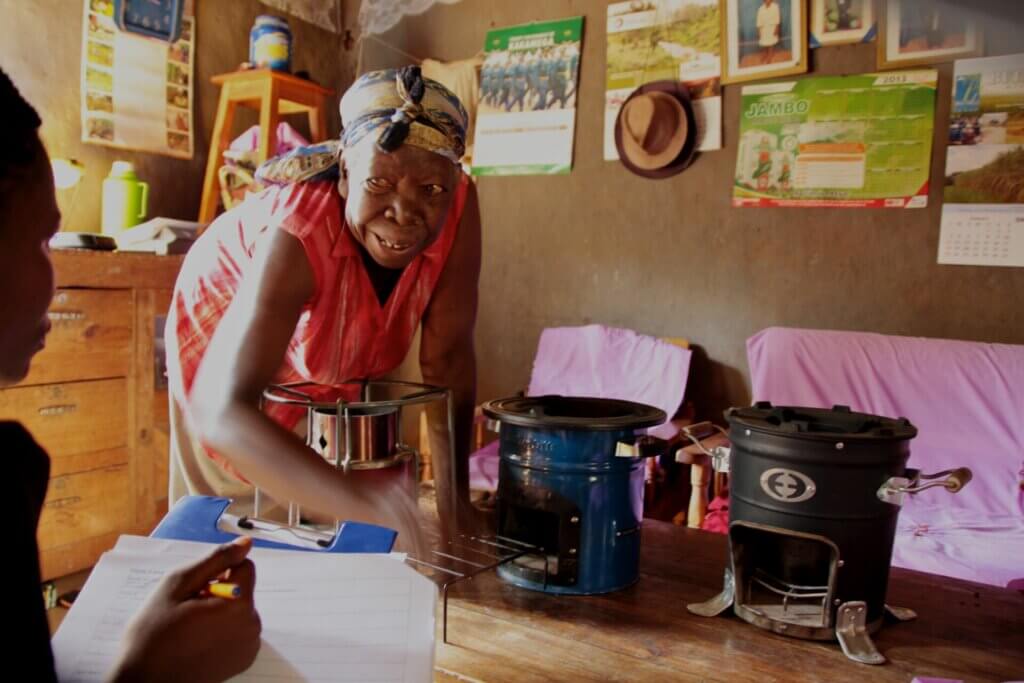Nairobi, October 2023
At Bidhaa Sasa, we’re always looking for innovative ways to fund the work we do in the last mile. Whilst Results-Based Financing (RBF) was new a decade ago, donors are already demanding more. So, when we were selected for the Social Impact Incentives (SIINC) pilot we, it was a chance to break new ground. Competing in a rigorous selection process, we stood out for our commitment to bringing life-changing products to rural communities. But we faced a unique challenge: our impact baseline was already high for certain products, making it harder to show incremental progress. Here’s how we tackled it.
What Makes SIINC Different?
SIINC isn’t your standard Results-Based Financing model. While traditional RBF payments are strictly tied to hitting specific outputs, such as products sold, SIINC is more complex. It aims to reward not only for outputs but for outcomes and measure the achieved impact on customers more accurately. We received premium payments based on the social impact we create—rewarding us not just for what we sell, but for how deeply our products improve lives.
For Bidhaa Sasa, this meant we could push boundaries beyond typical product sales. We’re not just focused on the quantity of products sold, but on who we’re reaching, and how these products are transforming rural families’ lives. Through SIINC, we aimed not just to expand sales but to reach the most vulnerable, including women and those below the poverty line, while achieving true “first-time access” to energy products. In this case, we received support for improving both affordability and the inclusivity of our services.
A High Baseline, But Bigger Challenges
As we entered this pilot, one key challenge was that for certain products—like clean cookstoves and solar lamps—our impact metrics were already relatively high. In rural areas, Bidhaa Sasa had already created significant awareness and access to these essential products. So, showing incremental progress and continued growth for SIINC-required metrics was tougher when 96% of customers already saying that their product purchase is improving their lives and 99% of customers are accessing products like ours for the first time. Not surprisingly customers for clean cooking products were less poor as compared to customers of solar products.
But that’s where SIINC’s flexibility comes in. We weren’t just chasing numbers—we focused on reaching the harder-to-reach communities and expanding the uptake of products that hadn’t yet gained traction in some of our territories. We leaned on our strengths: strong social cohesion in villages, the trust we’ve built with rural women, and the power of mobile money financing.
Challenges: Navigating Complex Monitoring and Overcoming Red Tape
One of the unexpected hurdles with SIINC has been the extensive monitoring and verification requirements. Unlike simpler RBF schemes, which may only measure product sales, SIINC’s impact-driven structure means we’re constantly tracking multiple indicators—like income effects, quality of life improvements, and inclusivity metrics. This level of detail, while valuable, adds significant administrative layers.
Managing such complexity in a fast-paced, last-mile environment can feel like navigating a maze of red tape. It demands continuous interaction with monitoring partners and a steady stream of data verification, which can stretch our team’s resources. Simplifying these processes and adopting more streamlined metrics would make it easier to balance robust impact measurement with the flexibility needed to operate effectively in the field.
The Journey Ahead
Participating in the SIINC pilot has opened new doors for Bidhaa Sasa, and it’s reinforced our belief that impactful, sustainable businesses must be flexible, responsive, and innovative. The social incentives structure gives us the freedom to prioritize the real-life changes our products are making, rather than just sales figures.
For more insights into the lessons learned from this groundbreaking SIINC pilot, check out the full report on Endev’s website and watch our video for a behind-the-scenes look at how we’re making an impact.
Watch the Video:

